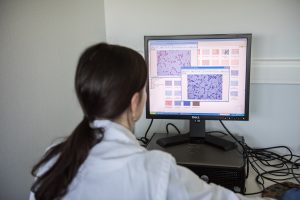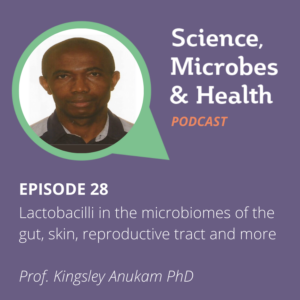Highlighting the importance of lactic acid bacteria: An interview with Prof. Seppo Salminen

In a 2009 book called What on Earth Evolved?, British author Christopher Lloyd takes on the task of ranking the top 100 species that have influenced the planet throughout its evolutionary history.
What comes in at number 5, just slightly more influential than Homo sapiens? Lactobacilli, a diverse group of lactic-acid-producing bacteria.
The influential status of these bacteria on a global scale comes as no surprise to Prof. Seppo Salminen, ISAPP president and Professor at University of Turku (Finland), who has spent most of his career studying these microbes. He is the co-editor of the best-selling textbook Lactic Acid Bacteria: Microbiological and Functional Aspects, the fifth edition of which was released earlier this year. Salminen says the scientific community has come a long way in its understanding of lactic acid bacteria (LAB)—and in particular, lactobacilli.

“If you think about the history of humankind, earlier on, more than 60% of the food supply was fermented,” explains Salminen. “On a daily basis, humans would have consumed many, many lactic acid bacteria.”
Yet 30 years ago when Salminen and his colleagues published the first edition of the textbook on lactic acid bacteria, they were working against perceptions that bacteria were universally harmful. The science on using live microorganisms to achieve health benefits was still emerging.
“Most people in food technology, they had learned how to kill bacteria but not how to keep them alive,” he explains. “They didn’t yet know how to add them to different formulations in foods and what sort of carrier they need. At that time, the safety and efficacy of probiotics was not well understood.”
Around ten years later, scientists came together to develop a definition of probiotics on behalf of the Food and Agriculture Organization of the United Nations and the WHO (FAO/WHO)—in a report that formed the basis of ISAPP Consensus meeting and today’s international consensus definition: “live microorganisms that, when administered in adequate amounts, confer a health benefit on the host”.
With probiotics having been more precisely defined, the following years were a time of rapid scientific progress in the field. Lactobacilli became the stars of the show, as research emerged on the benefits of various strains and combinations of strains in food science and medicine.
Fast forward to today, when rapidly expanding gut microbiome research adds another dimension to what we know about these bacteria. While lactic acid bacteria are still primarily of interest for the health benefits they impart, scientists can now also study their interactions with other microorganisms in the intestinal microbiome. In some cases, this kind of research may help uncover new mechanisms of action.
After everything Salminen and his textbook co-editors (Vinderola, Ouwehand, and von Wright) have learned about lactic acid bacteria over the past few decades, Salminen says there are two main reasons for the perennial importance of the bugs. “One is their importance in food fermentation, extending the shelf life of foods, making a kind of food processing or ‘agricultural processing’ possible. To make sauerkraut shelf-stable for weeks, or to make yogurt or cheese.”
The second reason, he says, relates to their benefits for the host. “Lactic acid bacteria, especially lactobacilli, reinforce intestinal integrity. So they protect us against pathogens; and sometimes against toxins and heavy metals by binding them away.”
He continues, “The more we know, the more we understand that LAB are needed. There are very specific strains that are helpful in different conditions for animal feeds or for clinical nutrition for infants, for example.” He says the knowledge is expanding at such a rapid pace that it may only be a few more years before the textbook he co-edited will need another edition.
Salminen is currently one of the world’s most cited probiotic researchers, and has diverse ongoing research projects related to digestive health, eczema, early life, and nutrition economics—but lactic acid bacteria are the thread that weaves everything together.
“I’m proud to be working on the fifth most important factor in human evolution,” he says.



